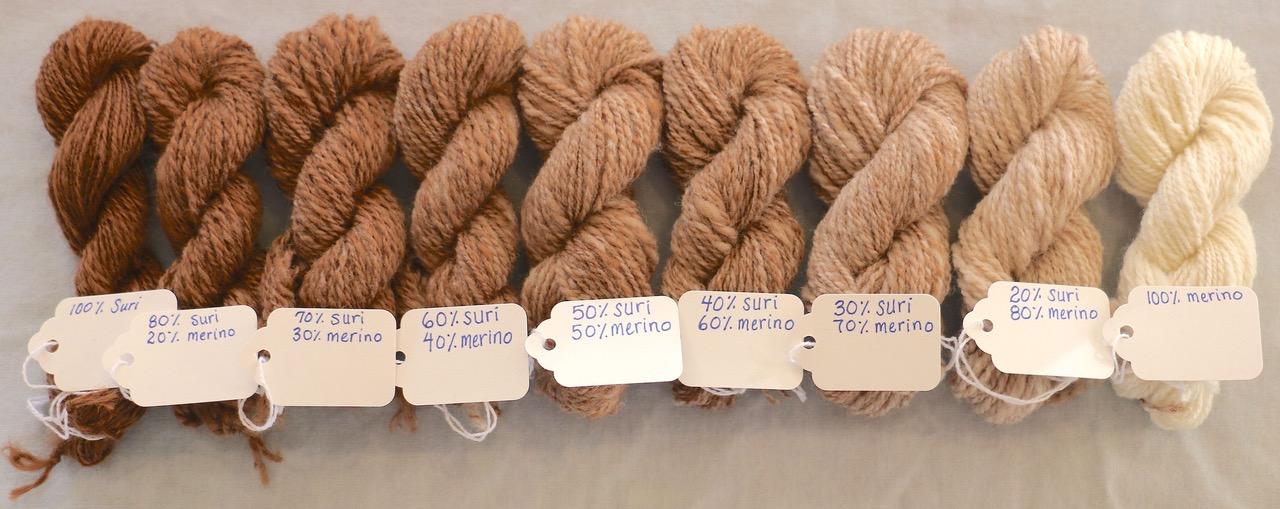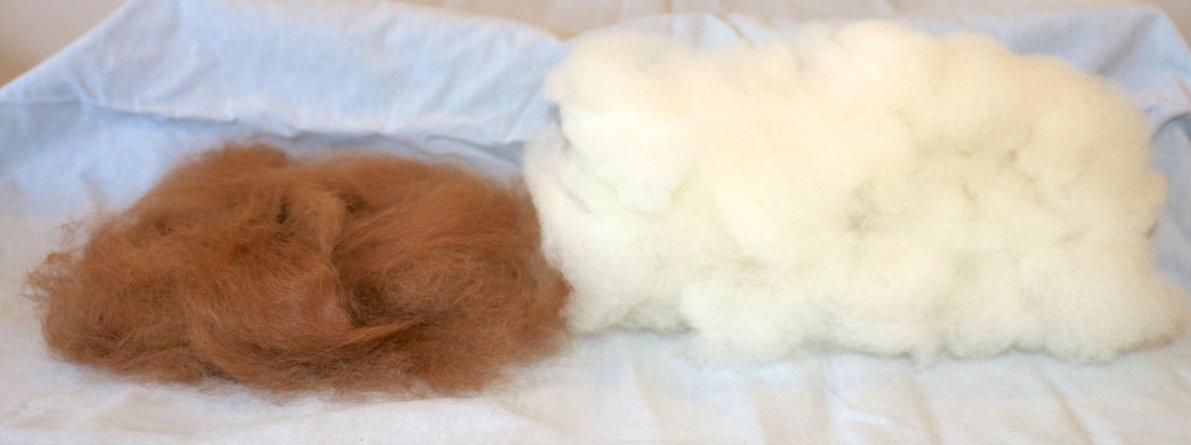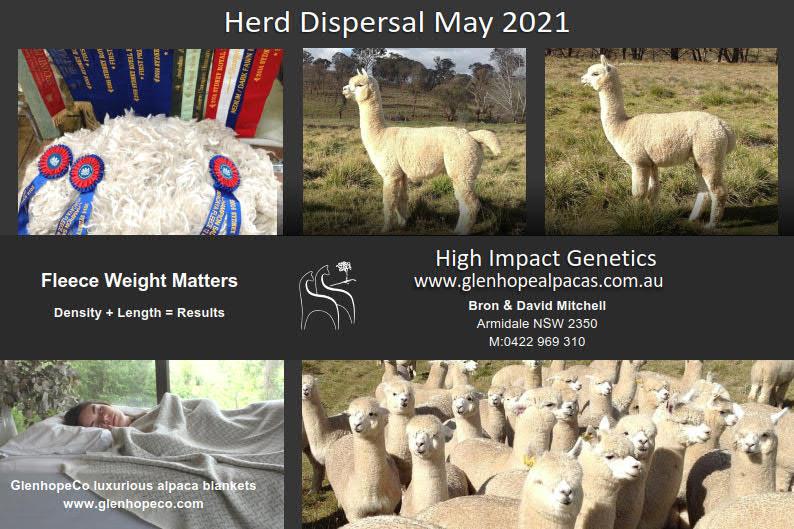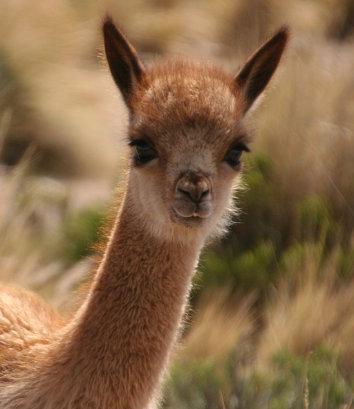
7 minute read
To Blend? Or Not To Blend?
By Gabrielle Menn
It is an interesting quandary. Interesting, indeed.
Advertisement
“As we go about the room, please introduce yourself and your experience with alpaca or what you have heard about it.” The responses from kni�ng guild members entwined around a similar theme.
“It’s so silky so�! But … I kni�ed a scarf, washed it, hung it on my towel bar to dry, and it grew six more inches.”
“My son wanted me to knit him a pair of alpaca socks. It was the first �me that I ever kni�ed socks. They were a great fit the first �me he wore them, but the opening stretched so much that they won’t stay up and the heel was so floppy that they don’t fit in his shoe. I tried gently washing them hoping that they’d shrink a li�le bit back into place, but then the length of the foot was too short. It was a disaster.”
The stories of saggy sweater elbows, crew neck collars that became scoops, waist lengths that became hip length, had me cringing at my own early experiences of exploring the fleeces off our first alpacas.

Twenty-plus years ago, when no mill that I contacted could process 100% alpaca, I was disappointed at the idea of blending 20% wool with my precious exo�c alpaca. I sold my medley of sheep breeds and invested in my first merinos. “If I have to blend it, I’m going to blend it with the best.” As I sit at my desk typing this today, I’m laughing at my formerly purist self. Those 80% alpaca 20% merino sweaters that I made with those yarns are s�ll precious treasures in the wardrobe, with necks, elbows and waistlines s�ll in place. The socks I kni�ed with those blended yarns lasted six seasons before I finally wore holes in the heels. I had become caught up in the alpaca marke�ng claims of the day without having the science to support those claims. “Warmer than wool.” “So�er than cashmere.” Alpaca was touted as the most superior and versa�le fiber known to man. So why would we ever want to blend it with something inferior?!
When asking alpaca breeders their opinion of wool, the comments are generally nega�ve: “it’s scratchy”, “it has to be washed first”, “it’s coarse.” Okay. Fair enough. If all I had ever been exposed to were old army surplus blankets made from short, high micron wool, my impression would also be nega�ve. However, do a side-by-side comparison of histograms of my average merino to that of the average alpaca and my merino will win out every �me in fibre diameter (micron), standard of devia�on, and comfort factor.
In an effort to support the emerging alpaca coopera�ve, I purchased a sleeveless top: 60% baby alpaca 40% acrylic. I remember thinking, “Why?! Why would anyone blend natural with plas�c?” The short answer is money. Acrylic is much cheaper to produce and to process allowing for significant cost savings while s�ll being able to demand a high garment price for spor�ng the name “alpaca” on the label. Here’s the rest of the story on that sleeveless top: I was wearing that top on the morning of the busiest fibre show in my region. Half an hour before the gates opened to the public, I was weighing out packages of angora rabbit fibre in my booth. I heard an explosion and immediately sparks and embers rained down on me.
Because I was leaning over the scale on my table, my back was their target, and then I could feel the burning. My ins�nct was to remove my body from the immediate danger and then to “stop, drop and roll”. As I laid on the floor
grinding my burning back into the coolness of the concrete, my analy�cal brain said, “I don’t need to roll because the front of me is not on fire. How could I possibly be on fire?! Alpaca is flame resistant! I’m wearing alpaca!” As I looked up at the ceiling from where I laid on the floor, I saw flames coming out of an electrical box mounted to the ceiling above my booth. Molten metal balls were what had fallen onto me. They melted the acrylic in my top and I was now grinding them and the melted acrylic into my skin, and that, ladies and gentlemen, is the day that I stopped purchasing any garments that contained any amount of synthe�c fibre.
So, why blend?
Blending two or more fibre types adds stability to a yarn and therefore a finished garment. Blending can allow the benefits of one par�cular fiber type to help another where it lacks. For example, this is why polyester is a favorite to blend with co�on for t-shirts. Polyester is cheaper, lightweight, wrinkleresistant, stain resistant. Co�on is more expensive, heavy, wrinkle prone, and is a stain magnet. Polyester doesn’t absorb moisture, but co�on does. Blended together, they make for lighter weight, wrinkle resistant, stain resistant, comfortable to wear t-shirt (that Gabrielle won’t buy.)
How can blending help alpaca fibre?
Be mindful of what the purpose of the blend is for a finished garment.
Can blending wool with alpaca prevent my sweater from stretching out? - Yes! Wool benefits alpaca by giving elas�city to the garment.
Can blending wool and nylon with my alpaca make a durable sock? - Yes! The wool adds memory and elas�city; the nylon gives strength so those heels last longer. (If avoiding synthe�c fibres, suri alpaca and mohair can be natural alterna�ves to nylon.)
Can wool help my suri yarn to be lighter weight? - Yes!
Can wool help my suri to have more lo� and air in the yarn? Yes! Can suri help my merino to have more density and drape? Yes!
Can suri give my merino a beau�ful halo (nap) to the yarn and garment? Yes! Can I blend with something other than wool? - Yes!
When considering the blend, ask yourself:
• What is the best end use for this fibre?
• Would blending another fibre benefit the end use?
• What is the best yarn size and ply for that end use?
Guidelines for blending:
Similar micron (within 3-micron range)
Why? Because finer micron fibres migrate to the center of the yarn, leaving the coarser fibres toward the outside, which affects the handle. Finer fibres do not “help” the coarser fibres “feel be�er”.
Similar length (within 2” range)
Why? Because when two extreme lengths are combined, the shorter fibres migrate out of the twist of the yarn causing pilling in a garment. When examining the length of the fleece, test for weakness and breaks. The force of carding will cause those weakened fibres to break, which can cause neps in the yarn and cause pilling in a garment.
Below: Side-by-side comparison of 10g flicked suri (fawn) and 10g flicked merino wool (white)


Colours are your design decision. The natural colours of alpaca can be found in many other species of fibre bearing animals. The task of finding them may fall to you and not to the mill of your choice. Different fibres accept dye differently, so may produce a heather rather than a solid. (This is true of individual fleeces since a damaged �p will take dye deeper than the healthier cut end of a staple or lock.)
Consider tweeds for plied yarns. Do you love rose gray but only have solid colored animals? You can make your own rose gray yarn by blending your solids.
Are you worried that your blended yarn won’t sell because “it has wool in it”? Share the benefits of why the wool is in there!
Do your research on the pros and cons of the fibre type you are considering. Give it a try! Play with it! Test it out! I sell a lot more yarn when there is a sample of a finished item and pa�ern to go along with it.
My answer to the kni�ng group men�oned at the outset? “Ask your favorite alpaca breeder for blended yarns. It’s okay to not have 100% alpaca yarn. You’ll want some wool in that alpaca sweater so your elbows won’t sag, necklines stay in place, scarves don’t grow longer than intended, and socks stay in shape.” Will you be the alpaca breeder that has blended yarns in stock when they call?
Reprinted with permission from” Purely Suri” magazine a publica�on of the Suri Network of the USA.
At Right: Blend percentages change per skein in 10% increments


Herd Dispersal via Auc�on Plus on 1st May 2021










